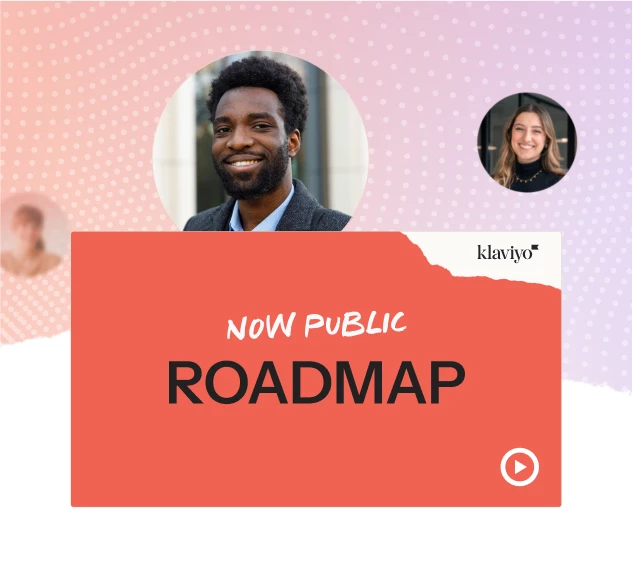Hi all,
I've used Klaviyo to send Email for a service in my WordPress website. I can’t find the problem since I receive no errors in response from Klaviyo. I found that if the user is registered in Klaviyo then the email will be sent, if not, no email will be sent.
You can find the complete source code Coo Coo! (pigeonsdontcry.com).
<script type="text/javascript">
var _learnq = _learnq || [];
jQuery.post('https://a.klaviyo.com/api/identify', {data: '{"token": "XXXXXX","properties": {"$email":"teset1@gmail.com"}}'}, function(result){
console.log('Result', result);
});
var item = {
'ap_poster_number':'1234456',
'poster_url':'https://pigeonsdontcry.com/posters/' + 'Antwerp ',
'ap_poster_auth':'1837987',
'poster_name':'Antwerp ',
'poster_image':'https://pigeonsdontcry.com/wp-content/uploads/2016/04/posterantwerp.jpg',
'ap_name':'Soha A.',
'ap_street_and_number':'Address Line 1',
'ap_apartment':'',
'ap_postal_code':'32165',
'ap_city':'London',
'ap_country':'United Kingdom',
'ap_map':'0',
'ap_room':'Living Room',
'ap_next_poster':'Oslo',
'ap_poster_hero_image':'https://pigeonsdontcry.com/wp-content/plugins/ownership/assets/images/cabinet-antwerp-front-mail-hero.jpg',
'email':'teset1@gmail.com'
};
_learnq.push(['track', 'PosterAuthentication', item])
</script>



![[Academy] SMS Strategy Certificate Forum|alt.badge.img](https://uploads-us-west-2.insided.com/klaviyo-en/attachment/2f867798-26d9-45fd-ada7-3e4271dcb460_thumb.png)
